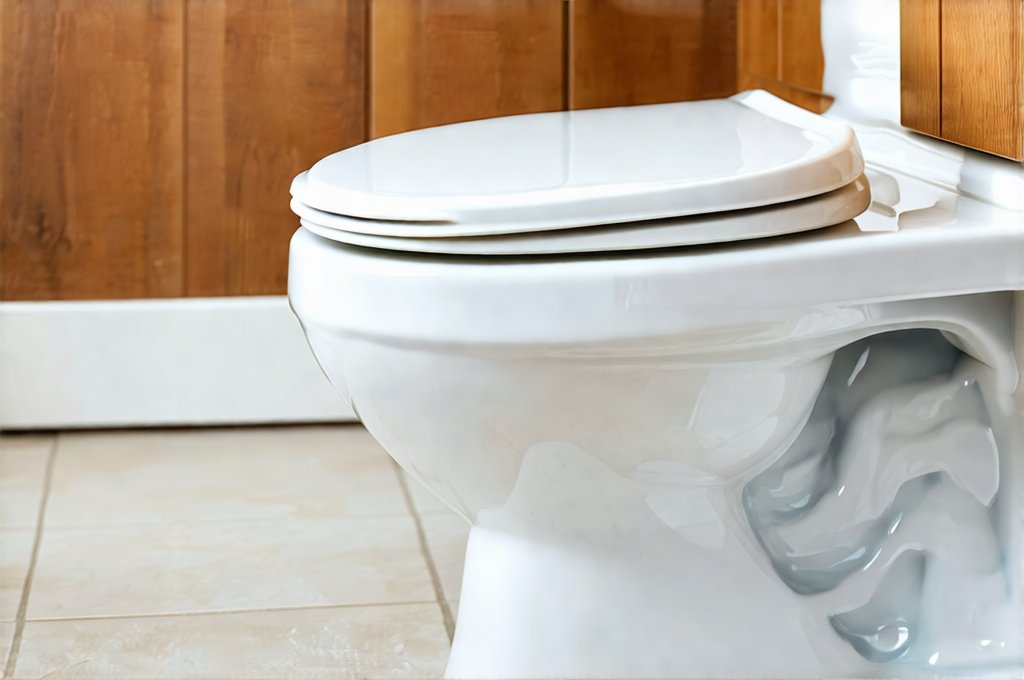Bidets have surged in popularity in recent years, initially as a novelty item but increasingly recognized for their hygiene benefits and potential environmental advantages over traditional toilet paper use. This rise in adoption has naturally led to questions about their impact on overall health, particularly concerning bladder function. While often touted as a cleaner alternative, the relationship between bidets and bladder health isn’t always straightforward. Understanding how these devices interact with the pelvic floor, urinary habits, and pre-existing conditions is crucial for anyone considering incorporating one into their bathroom routine – or for those already enjoying the benefits of bidet use who might harbor concerns about potential negative effects.
The key to navigating this topic lies in recognizing that bidets are not inherently “good” or “bad” for bladder health; rather, how they are used and individual physiological factors determine their impact. Issues can arise from improper usage, like excessive water pressure or prolonged exposure to cold water, but these are often preventable with mindful practices. Conversely, a properly utilized bidet may offer benefits such as reduced irritation for individuals prone to urinary tract infections (UTIs) or those experiencing sensitivities due to certain medical conditions. This article will delve into the nuances of bidet use and bladder health, exploring potential risks and advantages, and offering practical guidance for safe and comfortable integration into daily life.
Understanding Bladder Health & Potential Disruptors
Bladder health is a complex interplay between anatomical structure, neurological control, and behavioral habits. A healthy bladder effectively stores urine and empties completely when signaled by the brain. Several factors can disrupt this delicate balance, leading to issues like urinary incontinence (leakage), overactive bladder (frequent urge to urinate), or UTIs. These disruptors include – but aren’t limited to – aging, hormonal changes, chronic medical conditions (like diabetes and neurological disorders), pelvic floor dysfunction, and even lifestyle choices such as excessive caffeine intake or dehydration.
The pelvic floor muscles play a vital role in supporting the bladder and urethra. Weakened pelvic floor muscles can contribute to urinary leakage, while overly tense muscles can lead to urinary retention or discomfort. It’s important to remember that any intervention – including bidet use – has the potential to influence these muscle groups, for better or worse. Therefore, understanding how bidets interact with this system is paramount.
Furthermore, hygiene practices around the perineal area (the region between the genitals and anus) are intrinsically linked to bladder health. Poor hygiene can increase the risk of bacterial infections that travel to the urinary tract, while overly aggressive cleaning could cause irritation or disrupt the natural microbiome. Bidets offer a potential solution to improve hygiene, but improper use might inadvertently introduce new risks. You may want to learn more about are certain foods bad for bladder health as well.
Bidet Use & Its Potential Effects on the Bladder
The effects of bidets on bladder health are often debated and depend heavily on individual circumstances and usage patterns. On one hand, a gentle bidet stream can provide superior cleaning compared to dry wiping, potentially reducing bacterial contamination and lowering the risk of UTIs – particularly for individuals who struggle with complete hygiene due to mobility limitations or conditions like hemorrhoids. The reduced friction from avoiding harsh wiping also minimizes irritation to sensitive tissues around the urethra.
However, concerns arise regarding potential disruption to pelvic floor muscles. High-pressure water streams could theoretically contribute to muscle fatigue or even weakening over time, although this is largely speculative and lacks robust scientific evidence. Similarly, the cold temperature of some bidet water can cause bladder spasms in susceptible individuals, exacerbating symptoms of an overactive bladder. It’s crucial to emphasize that these potential issues are often mitigated by adjusting water pressure, temperature, and nozzle position, as well as practicing proper pelvic floor exercises.
Pelvic Floor Considerations
The pelvic floor is a network of muscles, ligaments, and tissues supporting the bladder, uterus (in women), and rectum. Maintaining its strength and function is vital for urinary control. – Strong pelvic floor muscles support the urethra, preventing leakage during activities like coughing or sneezing. – Weakened pelvic floor muscles can lead to stress incontinence – involuntary urine loss with exertion.
Bidet use doesn’t inherently weaken the pelvic floor, but certain practices could contribute to it. For example, consistently using high-pressure streams might create a reliance on external support rather than encouraging natural muscle activation. Conversely, gentle bidet cleansing combined with targeted pelvic floor exercises (Kegels) can promote overall pelvic health and improve bladder control. It’s also important to avoid prolonged sitting after bidet use, which could contribute to pelvic floor fatigue. If you are concerned about prostatitis, consider reading is frequent ejaculation good or bad?
Water Temperature & Bladder Sensitivity
The temperature of the water used in a bidet can significantly impact bladder comfort and function for some individuals. – Cold water can trigger bladder spasms and exacerbate symptoms in people with overactive bladders or interstitial cystitis (a chronic bladder condition). – Warm water, on the other hand, is generally more soothing and less likely to cause irritation.
Many modern bidets offer adjustable temperature settings, allowing users to customize their experience. If you experience any discomfort or increased urinary urgency after bidet use, experimenting with warmer water temperatures may alleviate these symptoms. It’s also advisable to avoid excessively hot water, which can damage delicate tissues and potentially lead to inflammation.
Hygiene & UTI Prevention
Maintaining good hygiene in the perineal area is crucial for preventing UTIs. – UTIs are often caused by bacteria entering the urinary tract from the bowel or skin around the genitals. – Bidets, when used correctly, can significantly improve hygiene compared to traditional wiping, which may leave residual fecal matter and increase bacterial contamination.
However, it’s essential to ensure that the bidet nozzle is regularly cleaned and disinfected to prevent the introduction of new bacteria. Additionally, avoid using harsh soaps or cleaning products on the perineal area, as these can disrupt the natural microbiome and increase susceptibility to infection. Proper drying after bidet use is also important, as moisture can create a favorable environment for bacterial growth. Understanding is clear urine might offer peace of mind too.
Ultimately, determining whether a bidet is “good” or “bad” for bladder health requires careful consideration of individual factors and responsible usage habits. It’s not a one-size-fits-all answer, but rather a nuanced interplay between technology and personal physiology. By understanding the potential risks and benefits, adjusting settings to suit your needs, and incorporating pelvic floor exercises into your routine, you can harness the hygiene advantages of bidets while safeguarding your bladder health.





















